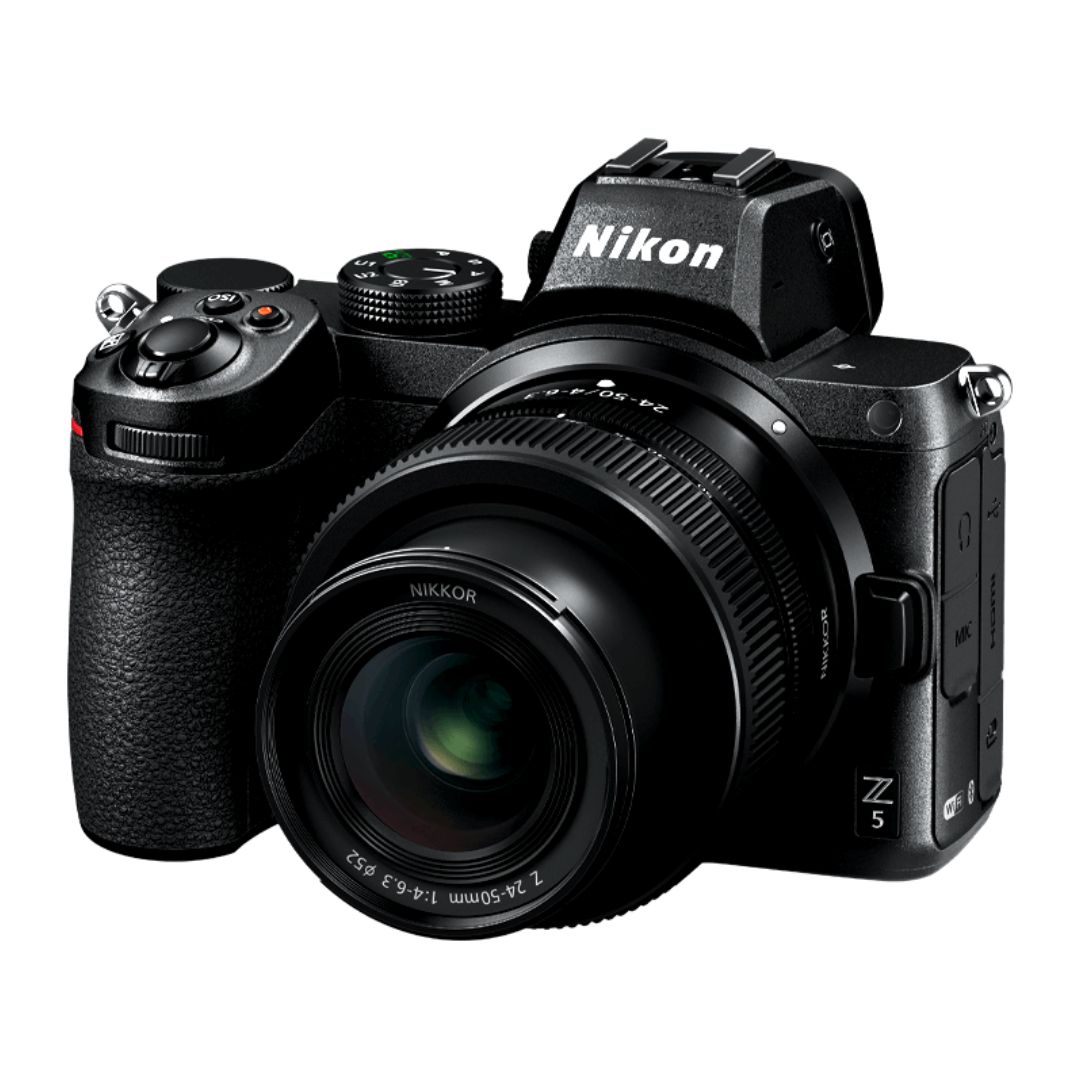Portfolio photography is more than just a collection of images—it’s a powerful career tool that can set you apart in competitive industries. Whether you’re a model, photographer, designer, artist, or business professional, a strong visual portfolio showcases your skills, creativity, and expertise.
In this comprehensive guide, we’ll explore how to use portfolio photography effectively to boost your career, create lasting impressions, and attract new opportunities. From building a strong portfolio to marketing it successfully, this article will cover everything you need to know.
Why Portfolio Photography Matters for Career Growth
1. First Impressions Count
Your portfolio is often the first thing potential clients, employers, or collaborators see. A professional, well-curated collection of images can instantly establish credibility and professionalism.
2. Showcases Skills and Expertise
A well-organized portfolio highlights your best work and demonstrates the depth of your talent. It allows you to stand out by emphasizing your unique style and capabilities.
3. Builds a Strong Personal Brand
Consistently using high-quality portfolio images across social media, websites, and professional networks strengthens your personal brand, making you easily recognizable in your industry.
4. Enhances Networking Opportunities
A visually appealing portfolio makes networking more effective. Whether attending events or connecting online, sharing a strong portfolio can open doors to new collaborations and job offers.
5. Increases Job and Client Prospects
Employers and clients often look at portfolios before making hiring decisions. A polished, well-maintained portfolio can be the deciding factor in landing a job or securing a freelance gig.
Steps to Creating a Career-Boosting Portfolio
1. Define Your Purpose and Audience
- Identify your career goals.
- Determine the industry standards for portfolio photography.
- Tailor your portfolio to appeal to the right audience (clients, employers, agencies, etc.).
2. Select Your Best Work
- Choose high-quality images that best represent your style and skills.
- Avoid including similar shots—focus on variety.
- Prioritize recent work that reflects your current abilities.
3. Organize and Structure Your Portfolio
- Arrange images in a logical and engaging sequence.
- Use categories or sections if necessary (e.g., portraits, fashion, product photography).
- Ensure smooth transitions between images to maintain visual appeal.
4. Focus on High-Quality Presentation
- Use high-resolution images.
- Maintain a consistent editing style.
- Avoid cluttered layouts—keep the design clean and easy to navigate.
5. Choose the Right Platform
- Create both an online and offline portfolio.
- Consider professional portfolio websites like Behance, Adobe Portfolio, or your personal website.
- Use social media platforms to showcase your work and gain visibility.
Tips for Optimizing Portfolio Photography
1. Invest in Professional Photography
If you’re not a photographer yourself, hiring a professional ensures high-quality images that accurately represent your brand.
2. Keep Your Portfolio Up to Date
Regularly refresh your portfolio with new projects and remove outdated work that no longer reflects your skills.
3. Use Diverse Shots
- Include close-ups, full-body shots, action shots, and behind-the-scenes images.
- Display versatility by showcasing different styles and techniques.
4. Optimize for SEO
- Use keyword-rich descriptions for each image.
- Add relevant tags and metadata to improve search visibility.
- Optimize file names and alt texts for search engines.
5. Include Testimonials and Case Studies
Adding client testimonials or brief descriptions of your work process can provide additional credibility and insight into your expertise.
How to Market Your Portfolio for Maximum Exposure
1. Leverage Social Media
- Share images on platforms like Instagram, LinkedIn, and Pinterest.
- Engage with your audience through comments and collaborations.
2. Build a Personal Website
A dedicated website with an easy-to-navigate portfolio increases your professional credibility and allows potential clients to contact you directly.
3. Network Actively
- Attend industry events and share your portfolio with peers and potential clients.
- Use digital networking platforms to connect with industry professionals.
4. Use Print Portfolios for In-Person Meetings
A high-quality printed portfolio can make a lasting impression during job interviews, client meetings, or networking events.
5. Collaborate with Industry Professionals
Working with photographers, stylists, designers, and other creatives can help expand your portfolio while increasing exposure through shared projects.
Common Mistakes to Avoid in Portfolio Photography
1. Overloading with Too Many Images
Quality over quantity—only include the best and most relevant work.
2. Lack of Consistency
A scattered or inconsistent portfolio can confuse potential clients. Stick to a cohesive theme and editing style.
3. Poor Presentation
Badly formatted or cluttered layouts can turn viewers away. Keep it sleek and professional.
4. Not Updating Regularly
An outdated portfolio can give the impression that you’re inactive in your field. Regularly refresh your work.
5. Ignoring Audience Needs
Your portfolio should align with industry standards and client expectations. Tailor it to showcase what potential employers or clients are looking for.
Conclusion
Portfolio photography plays a crucial role in career advancement, offering a compelling visual representation of your skills and expertise. Whether you’re a creative professional or a business leader, a well-maintained portfolio can help you stand out, attract opportunities, and accelerate your success.
By following the strategies outlined in this guide, you can create and market a portfolio that not only represents your work but also actively contributes to your career growth.

Sony Alpha a7 IV: The Ultimate Camera for Photography

Nikon Z5 Review: Is It Worth It?
-

Nikon Z9 : Game-Changer for Photography
-

Top Features of Nikon D850 That Make It Ideal for Portfolio Shoots
Sony Alpha a7 IV: The Ultimate Camera for Photography
Explore the Sony Alpha a7 IV in this complete 2025 review. Learn how its pro-level features, real-world performance, and hybrid flexibility make it the ultimate camera for photography across genres like portraits, weddings, travel, and commercial work. Table of Contents Section 1: Introduction – Why the Sony Alpha a7 IV Stands Out The Sony Alpha…
Nikon Z5 Review: Is It Worth It?
In 2025, photographers—whether hobbyists, content creators, or professionals—seek equipment that blends value, performance, and future-readiness. Enter the Nikon Z5, a full-frame mirrorless camera marketed as a gateway to high-end imaging without a flagship price tag. But how well does it hold up under real-world demands like studio shoots, weddings, landscape adventures, and lifestyle photography? In…
Nikon Z9 : Game-Changer for Photography
Discover why the Nikon Z9 is considered a true game-changer for photography. This in-depth Nikon Z9 review explores key features, real-world performance, and how it excels in professional photo shoots in 2025. Table of Contents 1. Introduction The photography world witnessed a significant shift with the launch of the Nikon Z9, a flagship mirrorless camera…
Top Features of Nikon D850 That Make It Ideal for Portfolio Shoots
Discover why the Nikon D850 is the ultimate DSLR for portfolio shoots. Explore its top features—from resolution and dynamic range to autofocus precision and workflow speed—that help photographers create stunning, high-impact images for professional portfolios. Whether you’re a portrait artist, fashion photographer, or visual storyteller, a portfolio shoot demands technical excellence, creative flexibility, and uncompromised…
Candid Moments with Canon EOS R10: Lightweight & Reliable
In the evolving world of mirrorless photography, the Canon EOS R10 stands out as a lightweight yet powerful camera tailored for real-life storytelling. Whether you’re photographing street scenes, family gatherings, weddings, or spontaneous portraits, capturing genuine emotion requires a responsive and discreet tool. This article dives deep into how the Canon EOS R10 excels in…
Bold Portraits with Canon EOS R5: Is It the Best for Work?
Studio photography has always demanded precision, artistry, and impeccable gear. As the expectations for commercial portraits, fashion campaigns, and editorial work continue to rise, the tools we use must evolve. Enter the Canon EOS R5, a camera that has stirred the professional waters with its impressive technical specs and forward-thinking design. In this comprehensive Canon…


